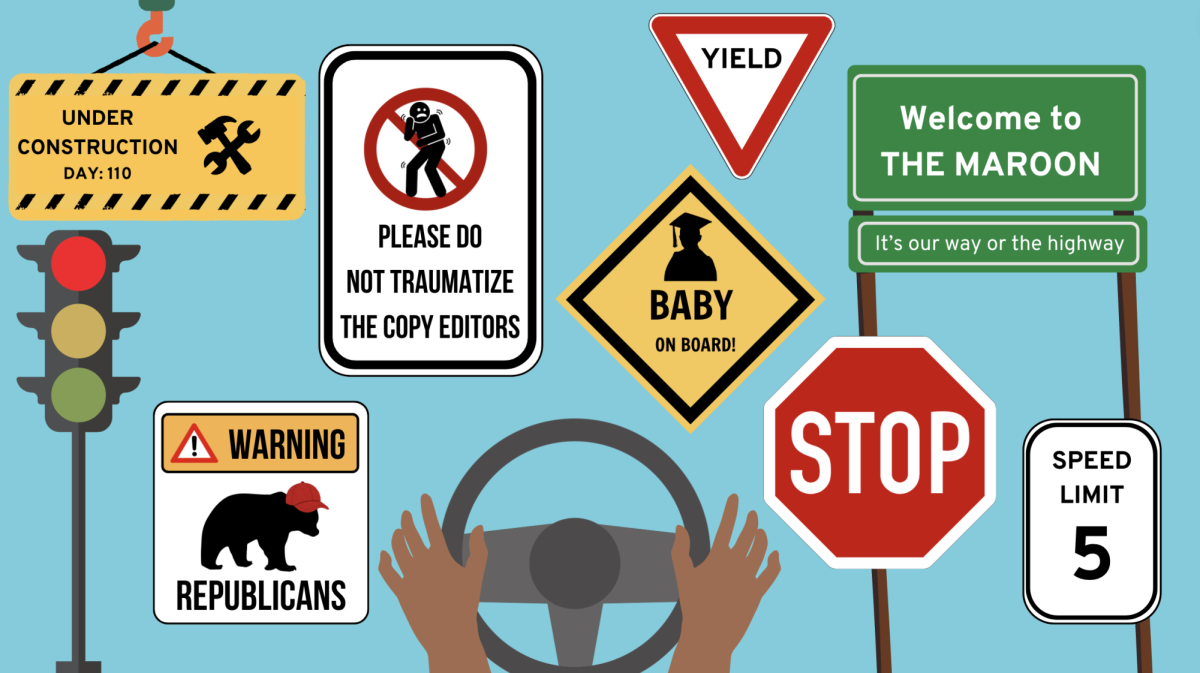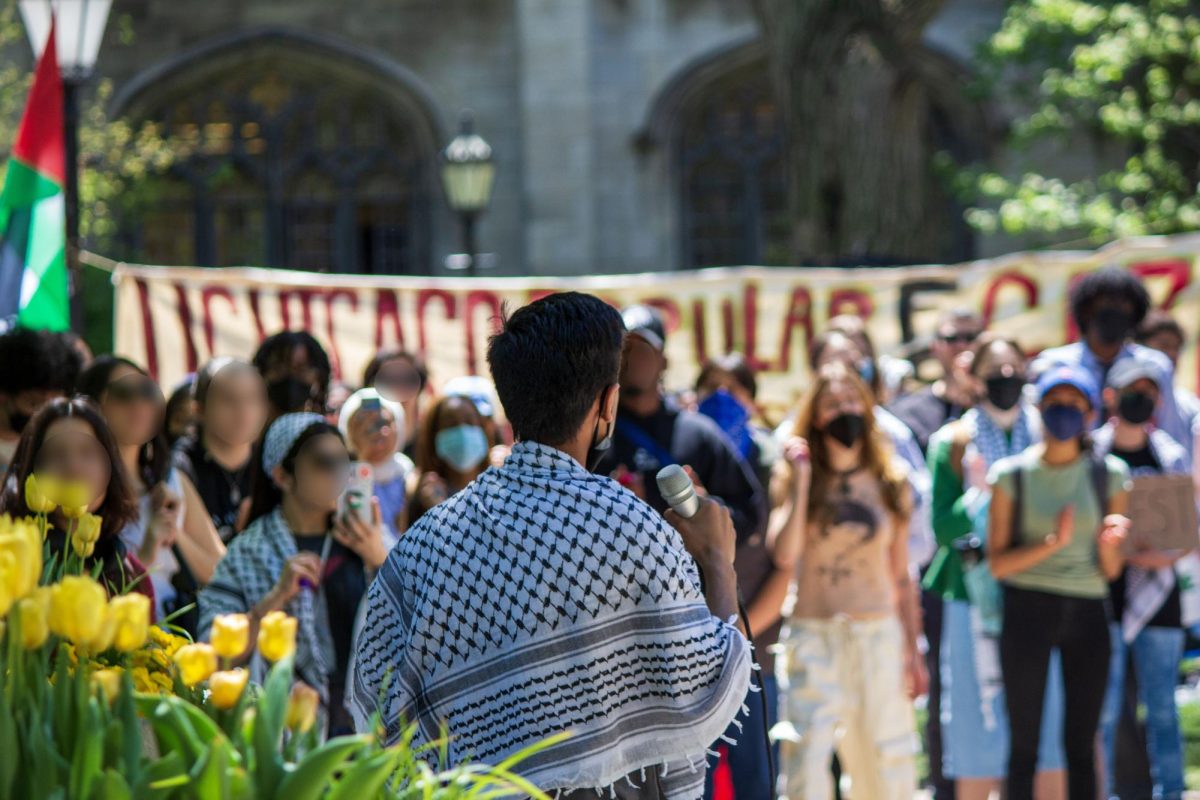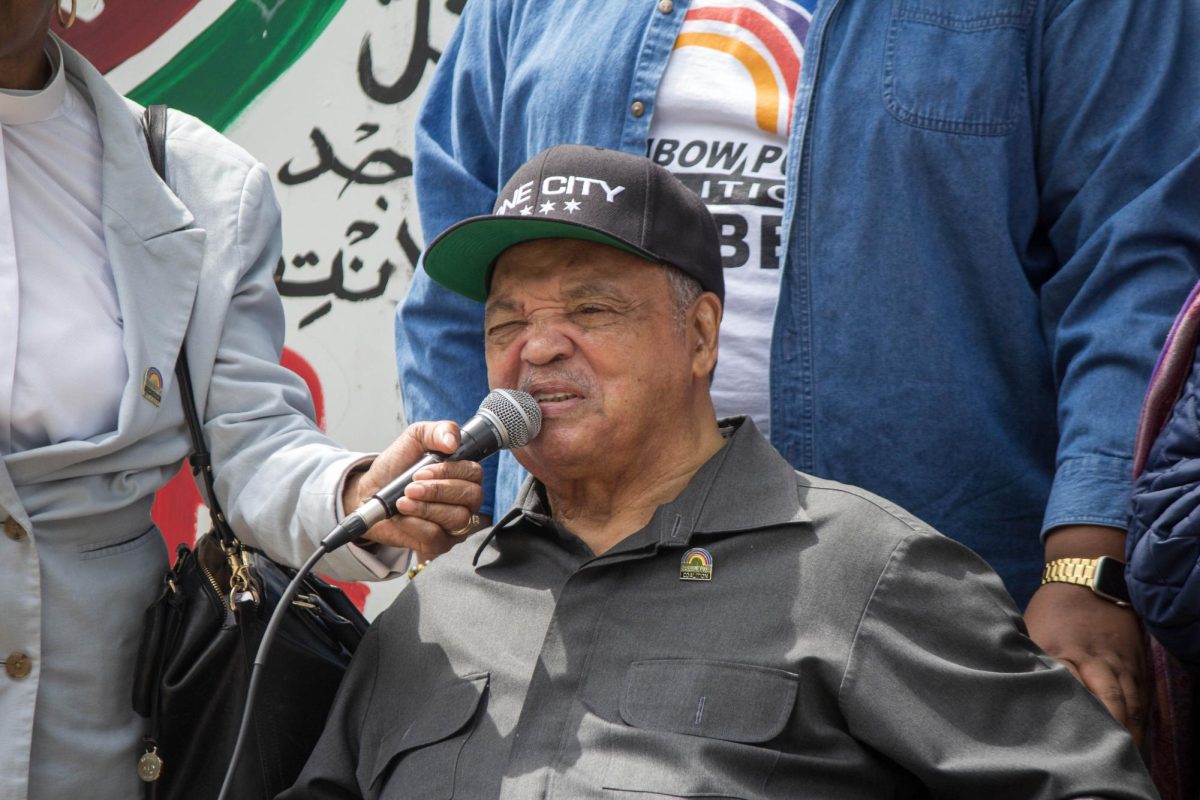The story of the federal poverty line (FPL) is a story of an arcane, bureaucratic exercise that was transformed into a nationwide standard—a standard that has gone untouched for over 40 years. More accurately described as the poverty threshold, the FPL is terribly inaccurate.
This bizarre story causes one to be bemused at how something so minute could become so fundamental to governmental policy for the most powerful nation in human history. This bemusement, however, turns to rage when we discover how inaccurate the standard is and how detrimental the current poverty line is to the way policies are implemented in America and how Americans understand poverty.
The federal poverty line is a threshold that was calculated by Mollie Orshansky in the Social Security Administration in 1963. A low-level bureaucrat, Orshansky took the Department of Agriculture’s lowest food plan for an American family —one that was “designed for temporary or emergency use when funds are low”—and multiplied it by three. Orshanksy multiplied the USDA’s emergency food plan by three because of a governmental study from 1955, which reported that families spend approximately one-third of their after-tax income on food. Orshanksy’s poverty threshold was never intended to become a national standard, but it has.
Aside from being adjusted for inflation—using the Consumer Price Index—the Orshansky standard has gone unchanged to this day. It has not changed for over 42 years. This arcane standard, on its own, would be harmless if it did not affect federal policy. Tragically, the federal poverty line determines it.
The FPL is used by various public and private services to determine who is eligible for their programs. The USDA uses the threshold to determine eligibility for food stamps and the national school lunch programs. The Department of Health and Human Services uses the FPL for eligibility for Head Start, Community Services Block Grants, and the Children’s Health Insurance Program. Some states and localities use the federal standard to determine eligibility for their local services. Even private companies like utilities and pharmaceuticals have adopted the FPL as a guideline for determining their own threshold of eligibility for low-income persons.
In other words, this out-dated standard directs a wide range of policies for all Americans living in poverty. Never mind that the threshold was not determined by the American people or their representatives. Never mind that it wasn’t determined by a committee of experts. Never mind that it has not been reformed for over four decades. This lame mockery of government policy is often what determines whether American families receive the resources necessary to survive. The inaccuracy of the FPL is harming the American people.
Policy experts agree that the federal poverty line is remarkably out of date and should be reformed. First, the cost of food no longer makes up one-third of a family’s after-tax income. The cost of food is closer to one-fifth, rather than one-third. While the proportion that food costs in a family’s budget has decreased since the Orshanksy standard was conceived, the proportional cost of services like housing, child care, health care, and transportation have increased dramatically.
Even if the poverty line was adjusted to accurately reflect the typical spending of American families, it would still not take into account the vastly disparate costs of living not only among states, but within states as well. Anyone who has lived in a city in the US knows that the cost of living varies dramatically. Why should we set one standard, if that standard is so disconnected from reality?
The FPL is not only imprisoned by the past and severed from the present. It is simply too low. $16,000 annually is not enough for a family of three. $19,000 is not enough for a family of four. There is a consensus in academia that if the federal poverty line were to be truly a national standard it must be raised anywhere from one-and-a-half to three times its current level.
If the federal poverty line is so totally inaccurate, why don’t we change it? Good question. Here’s an unsatisfying answer: No one wants to. What could earlier be attributed for sheer laziness on the part of the federal government, can now be labeled as a criminal lack of responsibility. No politician wants to be responsible for redrawing a line that would immediately add millions of Americans to the category of poor.
But redrawing the line would not mean adding poor people to this country. Those people would not become poor. They are already poor. These Americans do not need a federal guideline to prove their poverty. What they do need are the resources that are given to Americans who are below the line that they are inexplicably above.
But this is not a question of accuracy. It is a question of honesty. Our government must come clean about how many Americans are poor. We must acknowledge the problem. The first step to acknowledging poverty as a national problem is to properly identify those who are poor.
Any way you count it, poverty is a problem. 37 million Americans live below the federal poverty line. One in three of those Americans are children. If we were to double the FPL, as many experts insist we should, 27 million children live in poverty. That number has increased each of the last four years. The younger American children are, the more likely they are to be poor.
We are doing little to fight poverty in the US. We must do more. Not simply because a country this stratified cannot exist (the richest 5 percent of our citizens own 60 percent of our nation’s wealth, the lowest 40 percent own less than one percent).
The urgency does not derive from it being unsustainable. America is founded on the remarkable and worthwhile myth of opportunity for all its citizens. The history of our country is a story of incrementally making that myth a reality. Right now, for a vast segment of our citizens, the promise of opportunity is merely a myth. The first thing we can do to change that is by being honest about the number of people for whom the American promise is a myth and not a reality.







